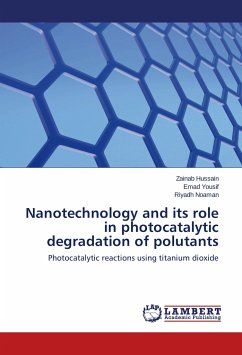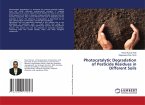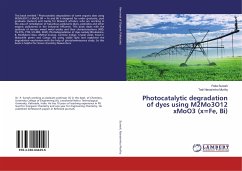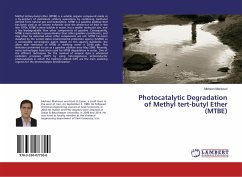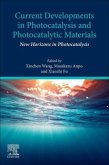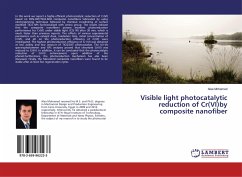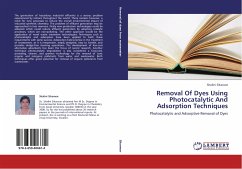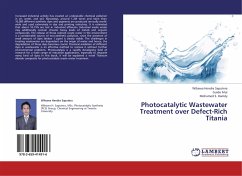The aim of this book is to give an overview of the development and implications of nanotechnology in photocatalysis. The topics covered include a detailed look at the unique properties of nanoparticles and their relation to photocatalytic properties. Current applications and research into the use of nanoparticles as photocatalysts has also been reviewed. Also covered is the utilization of nanoparticles in effort to enhance photocatalytic and/or optical properties of commonly used semiconductor materials. Semiconductor heterogeneous photocatalysis has enormous potential to treat organic contaminants in water and air. This process is known as advanced oxidation process (AOP) and is suitable for the oxidation of a wide range of organic compounds. Among AOPs, heterogeneous photocatalysis have been proven to be of interest due to its efficiency in degrading recalcitrant organic compounds. Several semiconductors (TiO2, ZnO, Fe2O3, CdS, ZnS) can act as photocatalysts but TiO2 has been most commonly studied due to its ability to break down organic pollutants and even achieve complete mineralization.
Bitte wählen Sie Ihr Anliegen aus.
Rechnungen
Retourenschein anfordern
Bestellstatus
Storno

